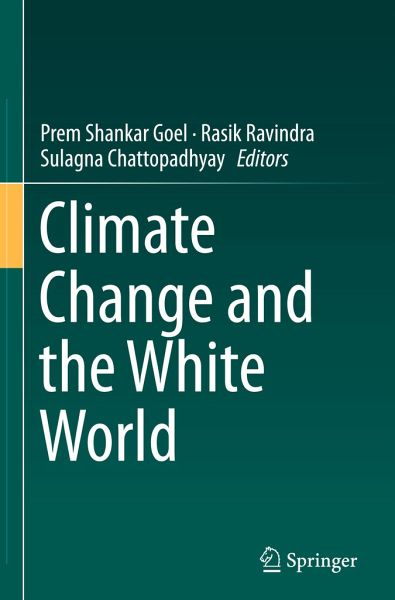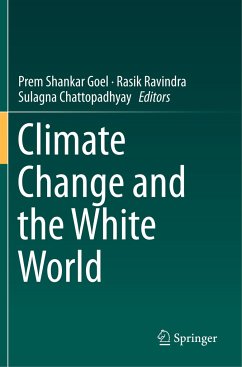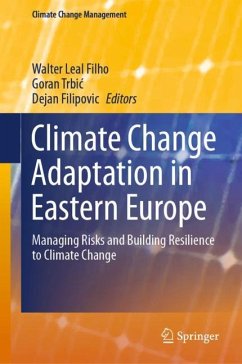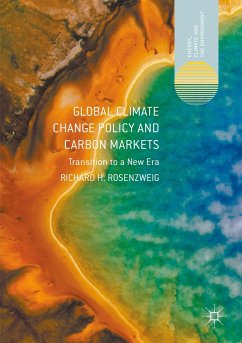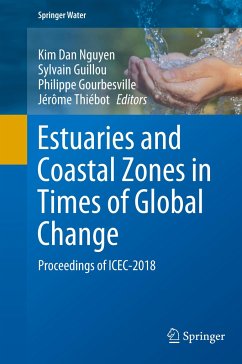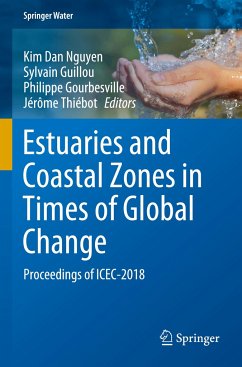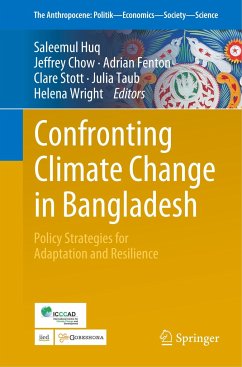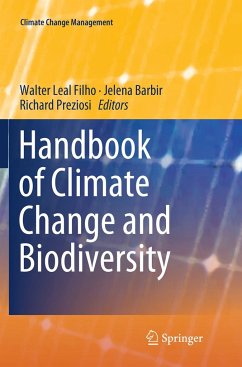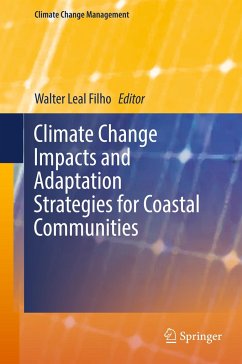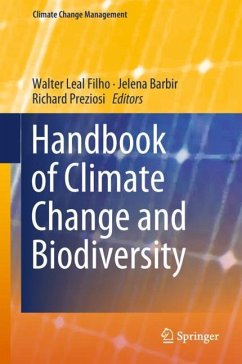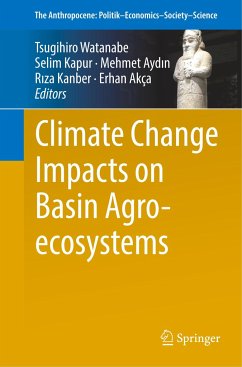Dr P. S. Goel former Secretary to Government of India, Ministry of Earth Sciences is currently Raja Ramanna Chair Professor at NIAS, Hon Distinguished Professor, Indian Space Research Organisation (ISRO) Bangalore and Chairman Governing Body, National Innovation Foundation, Ahmedabad. He has contributed significantly to the development of attitude control system and mission planning for remote sensing, communication and scientific missions of ISRO and authored over 100 research papers in referred journals and conferences. Dr. Goel was Chairman, Spacecraft System Advisory Board for IRS-1, Project engineer AOCS for APPLE and Associate Project Director INSAT-I. He was Head, Control System Division, Group Director AOCS, Deputy Director Mission and Control Area, Associate Director of ISAC and was Director ISRO Satellite Centre from 1997 to 2005. He was Secretary Ministry of Earth sciences and Chairman Earth Commission from 2005 to 2008. He was Chairman RCI, DRDO and later DRDO Chair Professor at RCI/DRDO Hyderabad pursuing space for National Security. Dr Goel was awarded Padma Shri in 2001. He has received several awards including Life Time Achievement Award of Indian National Academy of Engineering and Distinguished Scientist Award of ISRO. He is fellow of Indian Academy of Sciences, Bangalore, National Academy of Sciences, Allahabad; Indian National Science Academy (INSA), New Delhi; Institution of Electronic & Telecommunication Engineers, New Delhi; Aeronautical Society of India, Bangalore and Third World Academy of Sciences, fellow of Indian Society of Systems for Science and Engineering and Distinguished Alumni of Indian Institute of Science. He was President of Indian National Academy of Engineering. Dr. Rasik Ravindra held the position of the Director of NCPOR between January 2006 and August 2012 after relinquishing the post of Deputy Director General in Geological Survey of India, an organization that he served from 1971 to 2005. A veteran Antarctican, he participated in Indian Expedition to Antarctica in 1987-88 for the first time and subsequently led Ninth Antarctic Expedition in 1989-91, visiting the icy continent again in 1996-97, 2003-04, 2007 and 2009 in various capacities for specific assignments, contributing to different facets of Antarctic science, logistics and policy of this mission. He led the first Indian Expedition to South Pole and the first Indian Arctic Expedition. He was Chairman of the DST constituted Program Monitoring Committee on "Dynamics of Himalayan Glaciers" from 2007 to 2012 and was appointed Chair, Panikkar Professor in October 2012 by Ministry of Earth Sciences. He has served as an elected member of the UN Commission on Limits of Continental Shelf for 2014-2017 Term. He has received National Award for Polar Sciences and Cryosphere 2013, National Mineral Award 1990, Antarctic Award 2002, H. N. Siddiqui Gold Medal from IGU in 2011, Prof. Prem Bahadur Verma Memorial Lecture award from IGC, Prof. R. C. Mishra Memorial Gold Medal 2017 and Dr. W. D. West Oratory Award 2018. Sulagna Chattopadhyay, is known for internationally reputed journo-magazine on environment and development titled "Geography and You", (G'nY) that she founded an in 2001. An M.Phil. from Jawaharlal Nehru University, New Delhi, she has published 105 issues of the magazine so far. She is also a founding President of an NGO, Learning in Geography, Humanities, Technology and Science (LIGHTS) and has been organising national and international conferences/seminars, notable among these are: Round table conclave on seas and oceans around India, National Conference on Science & Geopolitics on Arctic and Antarctic (SaGAA) in 2011, SaGAA in 2012, SaGHAA in 2015 and SaGHAA in 2017. The LIGHTS has organised a multi-city GIS training programme for school teachers in seven locations under her leadership. She was nominated as the Member of the Working Group for DisasterManagement in Planning Commission in 2011. She also won an Environmental Documentary Short Film Contest, STL- 2: 2015 for her short film titled "O Bhai Saab". Sulagna has edited 12 books, prominent among them are "the Scientific and Geopolitical Interests in Arctic and Antarctic" co-edited with Dr. R. Ramesh and Dr. M. Sudhakar in 2103 and the "Science and Geopolitics of White World co-authored with Dr. P. S. Goel and Dr. Rasik Ravindra" published by Springer in 2017.
